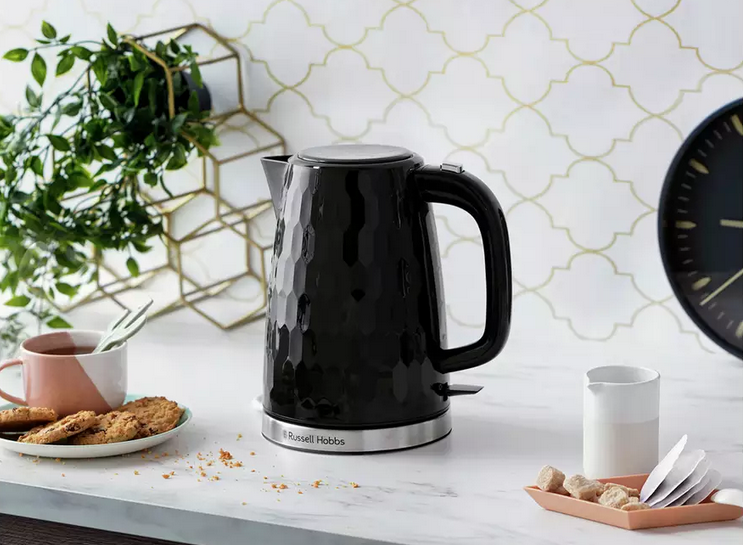
We are all doing our best to live more sustainably with the choices we make each day. We often overlook the actions in our own home, but one area we should focus on is the kitchen with the range of appliance we use.
There are many eco-friendly kettles available, but there are ways you can make using your standard kettle more energy-efficient. In this article we share some simple tips to help reduce your energy consumption without needing to replace your kettle.
#1 Measure the water
When you fill your kettle to boil, you should consider how much water you actually need in comparison to how much you have put in. It’s easy to overfill the kettle with excess water you won’t use. Instead, measure what water you need so you only boil the required amount. This will save water, and a bit of electricity as there is less water to boil.
#2 Take advantage of temperature settings
If you have a kettle with adjustable temperature settings, then it is a good idea to get to know these and what temperature you may need for different things. For example, if you don’t require boiling water, but rather water that is very hot, you can lower the setting. This means you would save energy by avoiding unnecessary heating.
#3 Regularly descale your kettle
A build up of limescale can reduce the efficiency of your kettle. This is because the limescale can cover the heating components, meaning the boiling process takes longer. You can regularly descale your kettle to prevent these problems and keep your kettle performing well. For more on limescale and how it can affect your appliance, click here.
#4 Close the lid when boiling
Some kettles may give the option of having the lid open slightly when boiling. To save energy, we recommend having it fully closed to retain heat. This helps it to boil quicker, reducing the energy used for a longer boiling time.
#5 Turn off the kettle when done
When a kettle boils, a lot of us are used to allowing it to continue running until we are ready to pour. You can save a bit of energy by switching it off when it reaches the boiling point. Some kettles will keep it heating after it has met the boil but by making a habit of switching off straight away, you can conserve more energy.
#6 Try alternative heating methods
You can consider different methods to heat smaller quantities of water instead of using the kettle. For example, you could use a microwave to heat a small cup of water if you only need it warming slightly. This way, you can use the kettle when you need to boil larger amounts.
#7 Unplug when not in use
Leaving appliances plugged in when not used contributes to standby energy consumption (some times known as “phantom load”). You can tackle this by unplugging the kettle when not in use which can reduce the overall energy usage over time.
#8 Consider the boiling cycles
You may wish to assess the length of each boiling cycle on your kettle and the energy it uses. Depending on your model, you may find it works out cheaper to boil multiple smaller batches rather than one large batch. The kettle will have residual heat in the appliance after using, which will help the smaller boils to heat each time
#9 Perfect timing
You can perfect your timing of the kettle. If you can time exactly when the kettle reaches boil, you can stop the kettle and turn off when necessary. This prevents the kettle from running longer than it should, and also gives you more control over your appliances, which is especially important when you’re multi-tasking in the kitchen.
To conclude
With these simple habits, you can save energy easily without needing to replace your appliance with an eco-friendly kettle. Of course, if you do need to replace the kettle at the end of its life, then an eco-friendly kettle would be a great option.
You can view all of our kettles by clicking here.